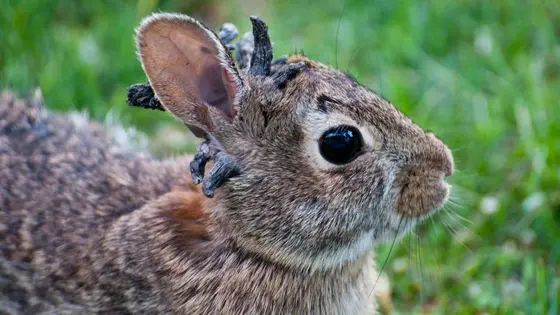T4K3.news
Rabbits in Fort Collins show tentacle growth linked to rabbit papillomavirus
Wildlife officials say the tentacle-like growths on Fort Collins rabbits come from Shope papilloma virus and pose little risk to humans.
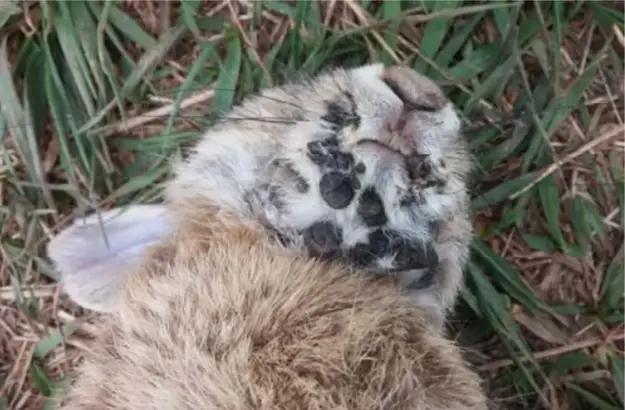
Wildlife officials say the tentacle like growths on Fort Collins rabbits come from a common virus and pose little risk to humans.
Rabbits in Fort Collins show tentacle growth linked to rabbit papillomavirus
Rabbits around Fort Collins have appeared with long, dangling growths on their faces. Colorado Parks and Wildlife says the growths come from Shope papilloma virus, a common infection that can spread through direct contact or biting insects. The virus cannot spread to humans or other pets.
The growths are waxy keratin structures and usually do not harm rabbits unless they block eating or drinking. Most rabbits recover. Pet owners should seek veterinary care if domestic rabbits show signs of illness.
Key Takeaways
"These growths are mostly made up of keratin and don’t affect rabbits much"
CPW explanation of the growths' nature
"Shope papilloma virus can’t spread to humans or other pets"
Public health note from officials
"Most rabbits recover from the virus"
Expected outcome for affected rabbits
This case shows how wildlife health stories travel fast once a striking photo lands online. The virus is common in wild rabbits and the immediate risk to people is low, according to officials. The episode also tests how communities respond to unusual wildlife images and the pressure to translate a curious look into clear science.
Officials rely on field reports and veterinary networks to monitor spread, while media coverage highlights the need for calm, science based messaging. The situation underscores the value of trusted sources in preventing sensationalism when wildlife health makes headlines.
Highlights
- Trust the experts not the caption
- Let science guide the story not the meme
- Wildlife health stays steady when we listen to vets
- A common virus, a calm response and careful reporting
Public reaction risk to wildlife illness takes hold
The story attracts quick media attention and social media sharing, which can fuel fear or misinformation. Officials emphasize the illness is common and rarely poses a threat to humans.
Wildlife teams will keep monitoring health trends in cottontails.
Enjoyed this? Let your friends know!
Related News

Frankenstein rabbits alert
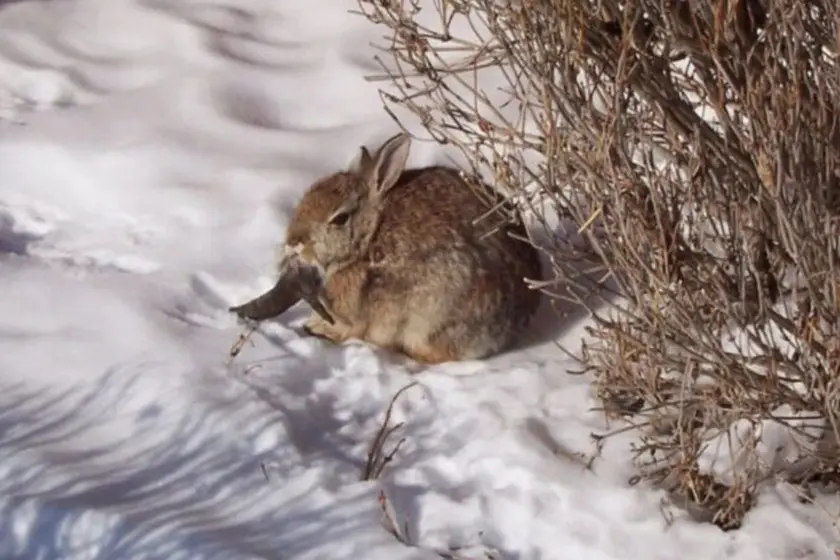
Rabbits in Colorado show virus linked growths
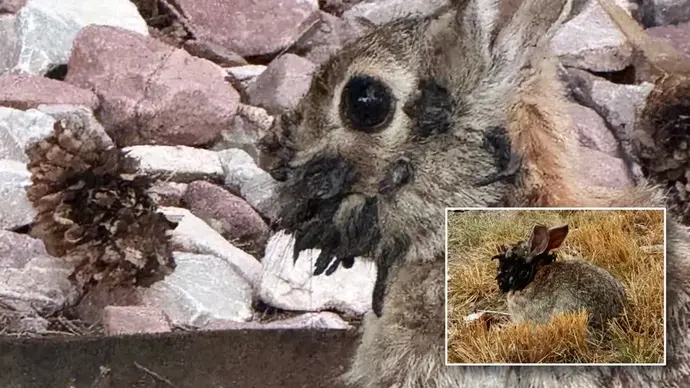
Rabbits in Fort Collins Develop Tentacle Like Growth
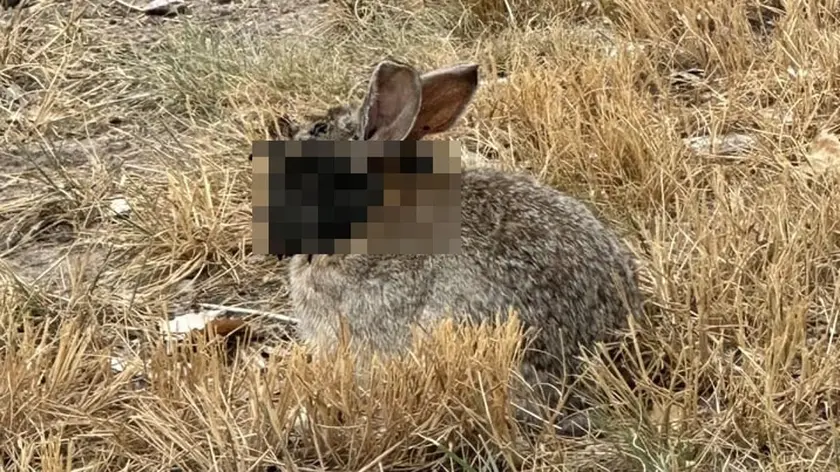
Frankenstein rabbits spotted in Colorado

Frankenstein bunnies spotted in Colorado
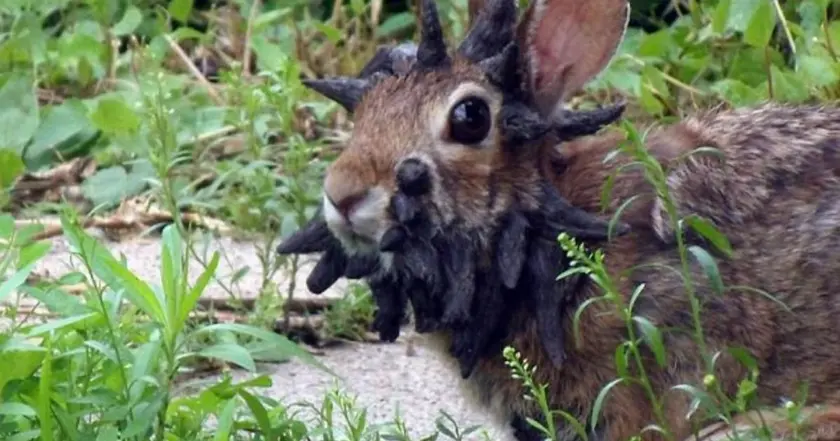
Virus turns CO rabbits into horned Frankenbunnies
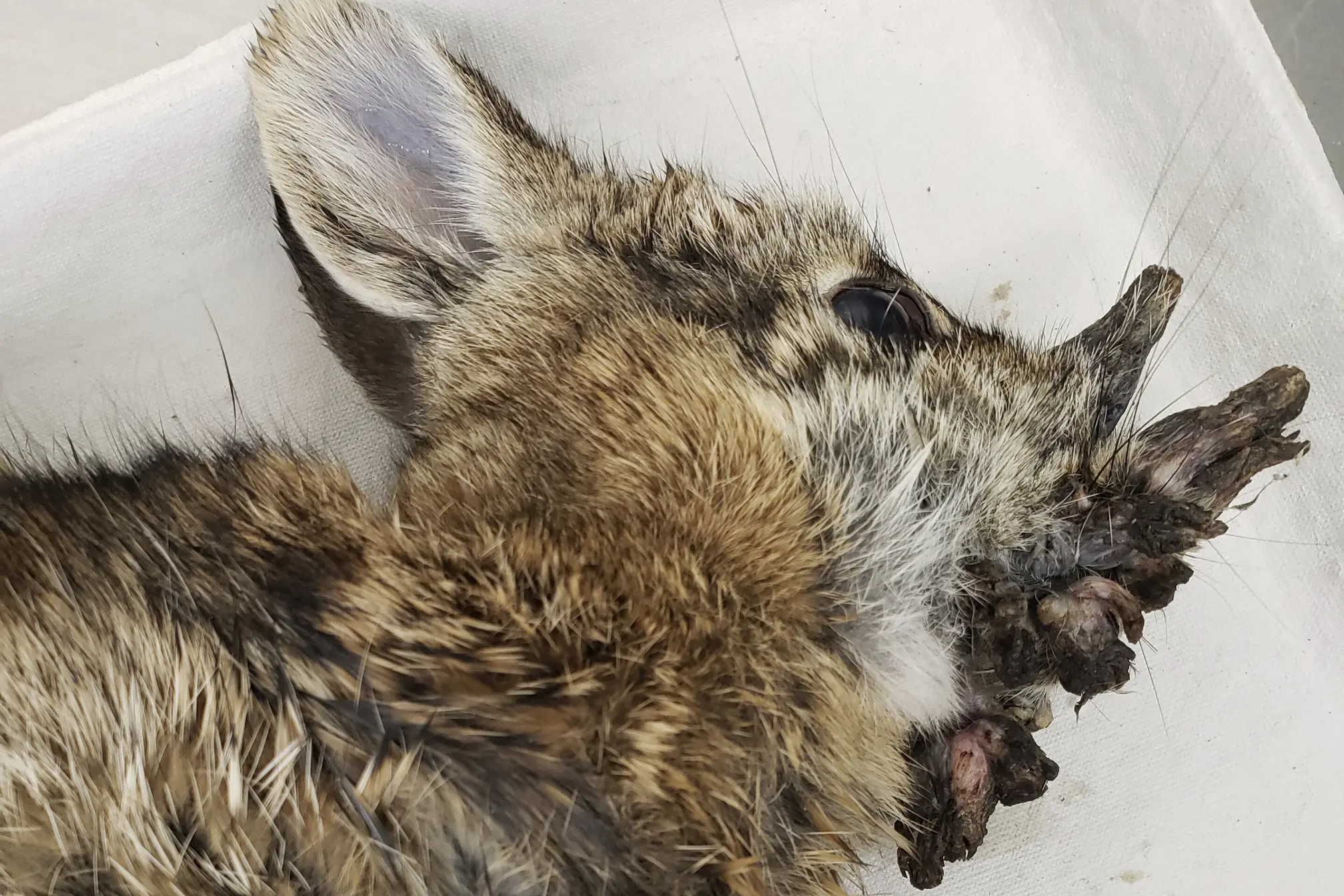
Colorado rabbits show hornlike growths linked to a common virus
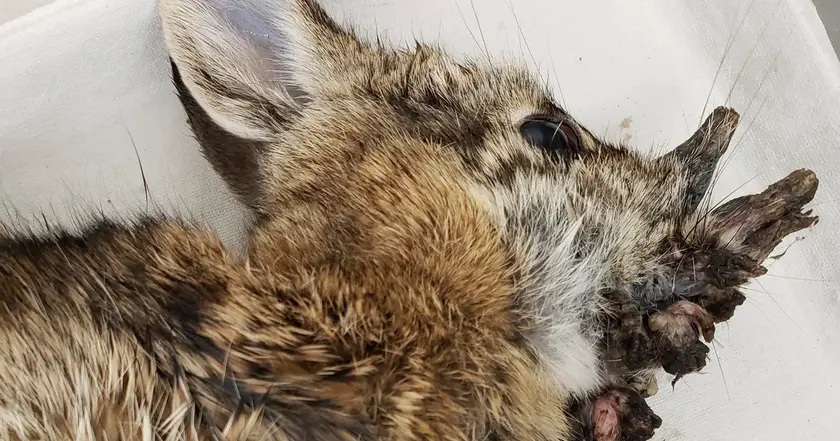
Colorado rabbits grow hornlike growths from a common virus
